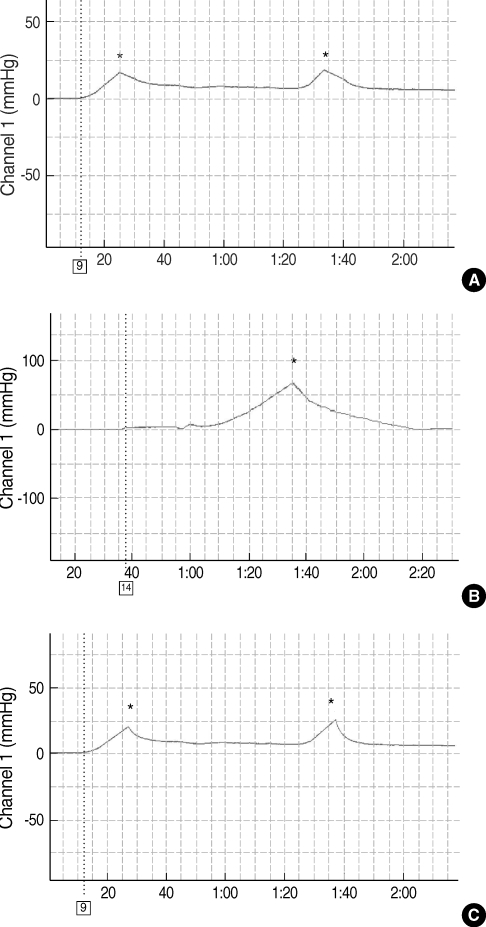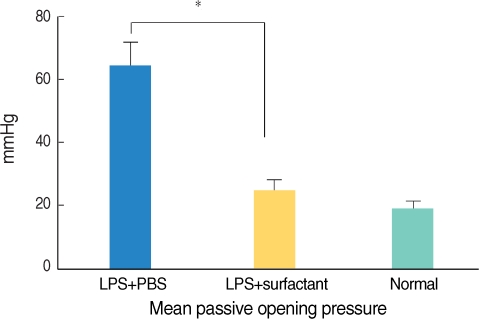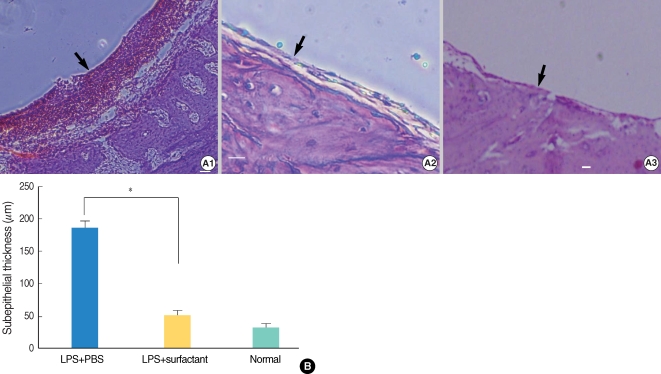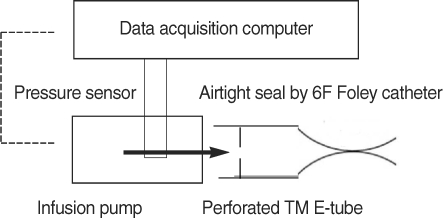1. Bluestone CD. Eustachian tube function: physiology, pathophysiology, and role of allergy in pathogenesis of otitis media. J Allergy Clin Immunol. 1983; 9. 72(3):242–251. PMID:
6886258.

2. Flisberg K, Ingelstedt S, Ortegren U. The valve and "locking" mechanisms of the eustachian tube. Acta Otolaryngol Suppl. 1963; 182:57–68.

3. Birken EA, Brookler KH. Surface tension lowering substance of the canine Eustachian tube. Ann Otol Rhinol Laryngol. 1972; 4. 81(2):268–271. PMID:
5067550.

4. Rapport PN, Lim DJ, Weiss HS. Surface-active agent in Eustachian Tube Function. Arch Otolaryngol. 1975; 5. 101(5):305–311. PMID:
1131089.

5. Maves MD, Patil GS, Lim DJ. Surface-active substances of the guinea pig tubotympanum: a chemical and physical analysis. Otolaryngol Head Neck Surg. 1981; Mar–Apr. 89(2):307–316. PMID:
6787533.

6. Grace A, Kwok P, Hawke M. Surfactant in middle ear effusions. Otolaryngol Head Neck Surg. 1987; 4. 96(4):336–340. PMID:
3108821.

7. White P, Hermansson A, Svinhufvud M. Surfactant and isoprenaline effect on eustachian tube opening in rats with acute otitis media. Am J Otolaryngol. 1990; Nov–Dec. 11(6):389–392. PMID:
2281840.

8. Nemechek AJ, Pahlavan N, Cote DN. Nebulized surfactant for experimentally induced otitis media with effusion. Otolaryngol Head Neck Surg. 1997; 11. 117(5):475–479. PMID:
9374170.

9. Koten M, Uzun C, Yagiz R, Adali MK, Karasalihoglu AR, Tatman-Otkun M, et al. Nebulized surfactant as a treatment choice for otitis media with effusion: an experimental study in the rabbit. J Laryngol Otol. 2001; 5. 115(5):363–368. PMID:
11410125.

10. Venkatayan N, Troublefield YL, Connelly PE, Mautone AJ, Chandrasekhar SS. Intranasal surfactant aerosol therapy for otitis media with effusion. Laryngoscope. 2000; 11. 110(11):1857–1860. PMID:
11081599.

11. Chandrasekhar SS, Connelly PE, Venkatayan N, el-Sherif Ammar M, Tabor M, Mautone AJ. Intranasal metered dose aerosolized surfactant reduces passive opening pressure of the eustachian tube: comparison study in two animal models. Otol Neurotol. 2002; 1. 23(1):3–7. PMID:
11773836.

12. Chandrasekhar SS, Mautone AJ. Otitis media: treatment with intranasal aerosolized surfactant. Laryngoscope. 2004; 3. 114(3):472–485. PMID:
15091221.

13. Tegtmeyer FK, Gortner L, Ludwig A, Brandt E. In vitro modulation of induced neutrophil activation by different surfactant preparations. Eur Respir J. 1996; 4. 9(4):752–757. PMID:
8726941.
14. Reiss I, Kuntz S, Schmidt R, Kunz C, Gortner L, Rudloff S. Effect of pulmonary surfactant on TNF-alpha-activated endothelial cells and neutrophil adhesion in vitro. Immunobiology. 2004; 209(3):235–244. PMID:
15518335.
15. Chabot S, Salez L, McCormack FX, Touqui L, Chignard M. Surfactant protein A inhibits lipopolysaccharide-induced in vivo production of interleukin-10 by mononuclear phagocytes during lung inflammation. Am J Respir Cell Mol Biol. 2003; 3. 28(3):347–353. PMID:
12594061.
16. Tooley WH, Clements JA, Muramatsu K, Brown CL, Schlueter MA. Lung function in prematurely delivered rabbits treated with a synthetic surfactant. Am Rev Respir Dis. 1987; 9. 136(3):651–656. PMID:
3307569.

17. Counter SA, Borg E, Engstrom B. Acoustic middle ear reflexes in laboratory animals using clinical equipment: technical considerations. Audiology. 1989; 28(3):135–143. PMID:
2735848.

18. Moller AR. An experimental study of the acoustic impedance of the middle ear and its transmission properties. Acta Otolaryngol. 1965; Jul–Aug. 60(1):129–149. PMID:
14337949.
19. Daniel HJ 3rd, Fulghum RS, Brinn JE, Barrett KA. Comparative anatomy of eustachian tube and middle ear cavity in animal models for otitis media. Ann Otol Rhinol Laryngol. 1982; Jan–Feb. 91(1 Pt 1):82–89. PMID:
7073182.

20. Tos M, Bak-Pedersen K. Goblet cell population in the pathological middle ear and eustachian tube of children and adults. Ann Otol Rhinol Laryngol. 1977; Mar–Apr. 86(2 Pt 1):209–218. PMID:
848832.

21. Yoon YJ, Jeong HS, Kim YK, Lee BK. The distribution of elastic fibers in the Eustachian tube of the rat. Korean J Otolaryngol-Head Neck Surg. 1996; 4. 39(4):568–575.
22. Kabha K, Schmegner J, Keisari Y, Parolis H, Schlepper-Schaeffer J, Ofek I. SP-A enhances phagocytosis of Klebsiella by interaction with capsular polysaccharides and alveolar macrophages. Am J Physiol. 1997; 2. 272(2 Pt 1):L344–L352. PMID:
9124386.

23. McNeely TB, Coonrod JD. Comparison of the opsonic activity of human surfactant protein A for Staphylococcus aureus and Streptococcus pneumoniae with rabbit and human macrophages. J Infect Dis. 1993; 1. 167(1):91–97. PMID:
8418186.

24. Ofek I, Mesika A, Kalina M, Keisari Y, Podschun R, Sahly H, et al. Surfactant protein D enhances phagocytosis and killing of unencapsulated phase variants of Klebsiella pneumoniae. Infect Immun. 2001; 1. 69(1):24–33. PMID:
11119485.
25. Wu H, Kuzmenko A, Wan S, Schaffer L, Weiss A, Fisher JH, et al. Surfactant proteins A and D inhibit the growth of Gram-negative bacteria by increasing membrane permeability. J Clin Invest. 2003; 5. 111(10):1589–1602. PMID:
12750409.

26. Ryan MA, Akinbi HT, Serrano AG, Perez-Gil J, Wu H, McCormack FX, et al. Antimicrobial activity of native and synthetic surfactant protein B peptides. J Immunol. 2006; 1. 176(1):416–425. PMID:
16365435.

27. Kondo H, Suzuki K, Takagi I, Miyamoto N, Baba S, Kobayashi T, et al. Transitional concentration of antibacterial agent to the maxillary sinus via a nebuliser. Acta Otolaryngol Suppl. 1996; 525:64–67. PMID:
8908273.







 PDF
PDF Citation
Citation Print
Print



 XML Download
XML Download